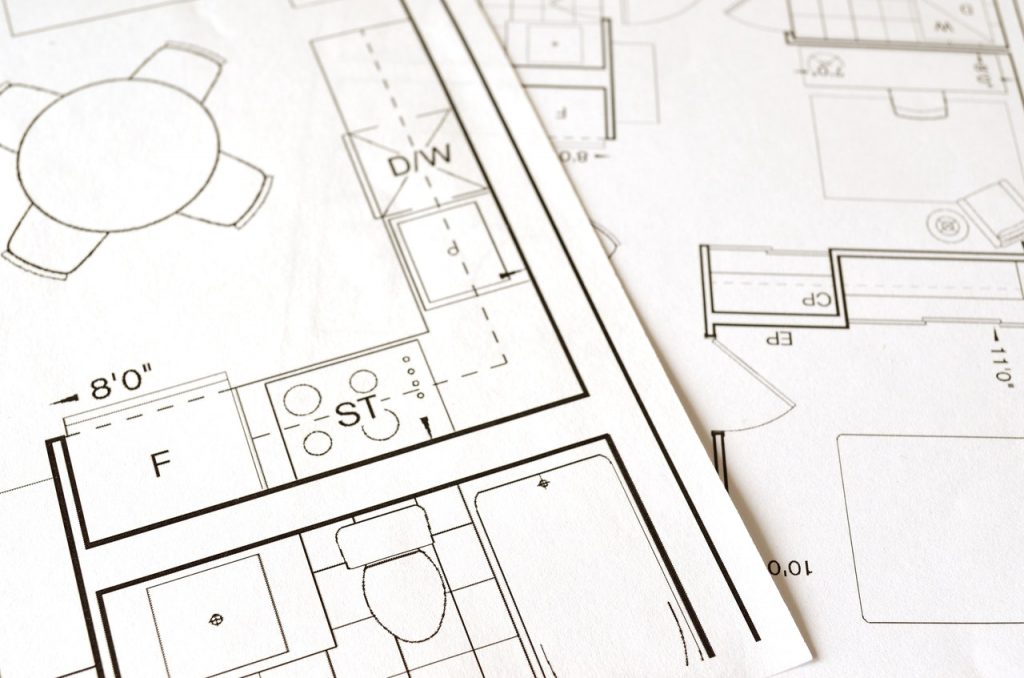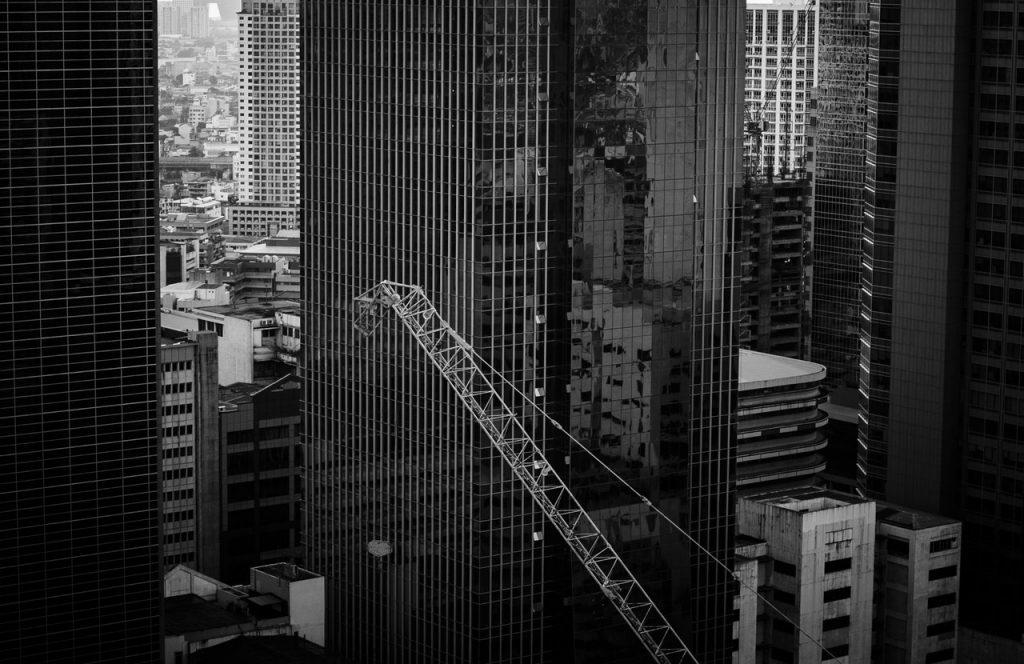The industrial construction market has undergone unprecedented growth in the past several decades. Additionally, it is undergoing unprecedented change. Its transformation is mostly owed to technological progress and a change in commercial project management methods.
Though it’s difficult to forecast the future of the building industry’s environment, there are numerous standout trends to watch in years to come. Listed below are 11 of the most profound business construction tendencies that tradespeople and project supervisors should look ahead for this season.
- Offsite Construction
Based on PrefabAus, the Australian business construction business in 2018 will likely be overrun by an increase in peer reviewed construction.
This comprises both prefabrication and modular structure, each of which have experienced a renewed interest in the last several decades. As a project manager, integrating facets of offsite construction on your endeavors can help out with meeting timelines and budgets.
Offsite construction ensures a condensed program, letting you finish projects at a speed and scale. Unlike conventional onsite building, off-site building is performed in a controlled environment without weather-related or similar flaws. You do not need to worry about operating the largest cranes or rescheduling if the weather is poor for example. The assembly-line-esque environment also makes building safer, because there aren’t any fall dangers that normally exist on conventional building sites.
- Sustainability
Most upcoming industrial buildings are trying to integrate facets of sustainable structure. In accordance with IBIS World, green construction will last being a significant trend this season. Bulk timber jobs are also very likely to achieve prominence in 2018, and the industrial construction industry will see an unprecedented rise in recycling structure.
There’s also likely to be an increase in the usage of waste from renovation and demolition projects in forthcoming commercial buildings. In the previous year for example, waste which could have ended up in landfills is being redirected to continuing projects. Utilizing this waste as an aggregate foundation for building foundations will be able to assist you in making substantial cost savings.
- Structural Resiliency
The resilience of industrial buildings is also inclined to be a significant talking point this season because of a rise in natural disasters. As a construction professional, you have to concentrate on jobs that not only have a minimal ecological impact but can also resist natural disasters. Timber products have been a popular choice for this as well as renewable steel.
The current surge in natural calamities throughout the planet poses a large threat to the construction environment. Because of this, home developers are seeking to develop commercial buildings which will adapt to withstand these disasters.

- Collaborative Project Delivery
The standard procedure of ‘layout, bid, and build’ is long gone. Collaborative efforts are trending, together with these strategies likely to learn more ground this season. Collaborative strategies to commercial building comprise public-private partnerships.
Building experts think that 2018 will see more job team collaborations which have commercial real estate agents, architects, designers, project managers, financiers, and government institutions. These collaborative procedures generally consolidate the design and building stages under a single contract.
This enables you to enter into one contract with the job owner along with other stakeholders in an attempt to determine job costs, targets, and risks together. Such attempts will finally enable you to finish projects within the necessary interval.
Efficient estimating program will be crucial for building professionals to make the most of the procedure.
- Labour Shortages
Labour shortages are an issue for the building market in Australia, with a deficiency of proficient labourers being a significant challenge for most job site supervisors.
With continuing infrastructure development and insufficient technical training, job managers are trying to find skilled tradesmen. The dwindling labour pool might also be attributed to young people choosing another career path from construction and building. This tendency will probably continue in 2018 and beyond. It is possible to decrease this challenge by providing onsite instruction to current employees to improve their skills.
- VR/AR Technology
The incorporation of virtual and augmented reality technologies in the construction of industrial buildings gained prominence in 2017. Its capacity to improve cooperation among project stakeholders prior to actual construction starts is unmatched.
Together with VR and AR technology, your staff can easily discover mistakes in the design stage. In this way, you prevent expensive mistakes which may jeopardise your undertaking.
Employing the technology, it is simple to track job site requirements without exposing workers to security hazards. Despite its possible, VR/AR technologies is somewhat costly because of high implementation expenditures. For that reason, it could simply be used on big jobs.

- Labour and government Implications
In the last couple of years, the industrial building business has faced a great deal of scrutiny caused by security violations. The construction boom has come with its fair share of events.
It’s anticipated this past year, more focus will be paid to project site security by law enforcement agencies. Authorities are most likely to improve efforts directed at prosecuting cases associated with job site security violations. As a work site supervisor, you’re under more stress to guarantee job site security and safety.
- Higher Costs
Before the fiscal recession that hit the building industry hard, funding institutions were receptive to the notion of financing construction jobs with minimal security.
Things have changed recently because of a sporadic rise in material prices. It is anticipated that these prices will stay high despite limited financial choices.
To keep prices down and finish your jobs within the necessary interval, consider options like public-private partnerships which guarantee a continuous cash stream. Bundling your job with others may also allow you to get better pricing on specific materials such as glulam products.
- Adaptive Reuse
Adaptive reuse is another significant trend which has characterised the industrial construction sector, and which will be very likely to survive this season. As opposed to tear down a structure, owners are opting to animate them to get another function.
This not only enriches economic growth but also helps urban revitalisation. In other words, adaptive reuse gives abandoned buildings a new lease of existence. It diminishes the need for crane hire in getting to those desired heights if that is what is needed.
These jobs are especially well known in metropolitan areas where conveniences like old factories, sheds, halls, as well as train stations are transformed to office blocks and other amenities. As a work site specialist, you want to re-evaluate yourself and enhance your skill set to be able to become a part of the reconfiguration of these facilities.
The lively nature of the industrial construction business highlights why project managers and tradespeople have to always learn about new tendencies. Maintaining these and other building trends will offer a competitive edge in the business. With the development of new trends, the future landscape of this business is very likely to alter significantly.


